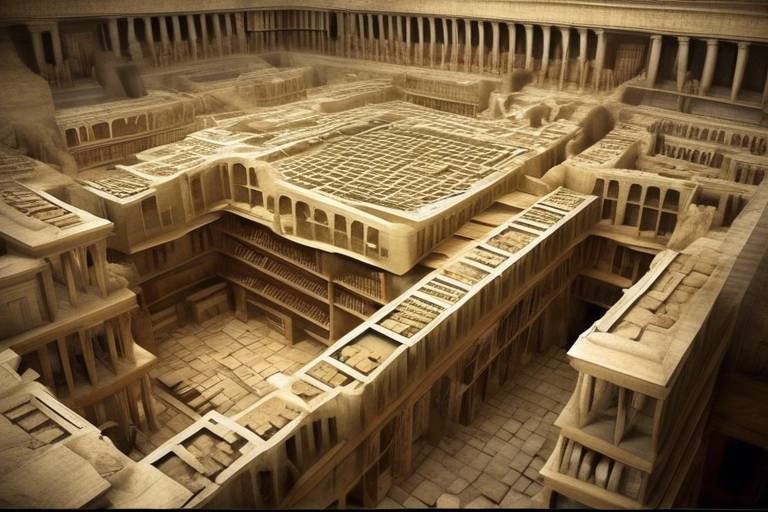The Secrets of Ancient Egyptian Calendar Systems
Have you ever wondered about the intricate and fascinating calendar systems used by the ancient Egyptians? These sophisticated timekeeping methods reveal a deep understanding of astronomy and the passage of time, showcasing the advanced knowledge possessed by this ancient civilization.
The ancient Egyptians utilized both lunar and solar calendars, each serving specific purposes in their religious, agricultural, and administrative practices. The lunar calendar, based on the cycles of the moon, played a crucial role in determining religious festivals and agricultural activities, aligning with the natural rhythms of the environment.
On the other hand, the solar calendar of the ancient Egyptians was closely tied to the annual flooding of the Nile River, a vital event that dictated the agricultural cycle. By aligning their calendar with celestial events and seasonal changes, the ancient Egyptians demonstrated a profound connection between astronomy and everyday life.
One of the most intriguing aspects of ancient Egyptian timekeeping is the Sothic calendar, which revolved around the heliacal rising of the star Sirius. This celestial event marked the beginning of the new year and held significant importance in the religious and cultural practices of the ancient Egyptians.
Moreover, the Egyptian civil calendar, consisting of 12 months divided into three seasons, was used for administrative and everyday purposes. This structured calendar system helped organize societal activities and events, showcasing the meticulous planning and organization skills of the ancient Egyptians.
Astronomy played a central role in the development and refinement of ancient Egyptian calendar systems, with temples and structures aligned with astronomical events to serve as markers of important celestial occurrences. The legacy of these calendar systems continues to influence timekeeping methods in later civilizations, highlighting the enduring impact of ancient Egyptian knowledge and wisdom.
Exploring the festivals and religious observances of the ancient Egyptians reveals how deeply intertwined these practices were with the calendar. These events not only marked important religious ceremonies but also influenced social and cultural practices, shaping the fabric of ancient Egyptian society.
As we delve into the secrets of ancient Egyptian calendar systems, we uncover a world where time, astronomy, and culture converge to create a rich tapestry of knowledge and tradition. The legacy of these advanced timekeeping methods serves as a testament to the ingenuity and sophistication of one of the world's most fascinating civilizations.
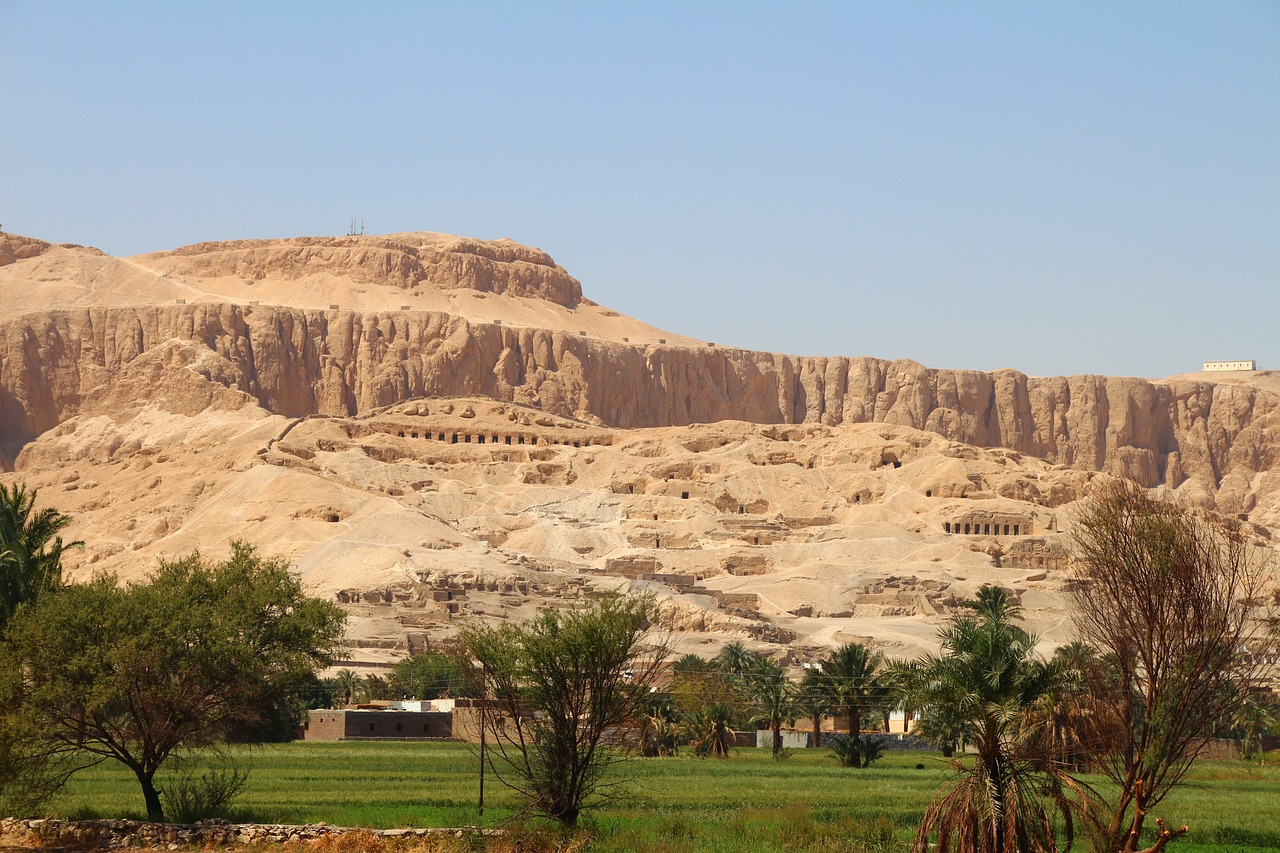
Ancient Egyptian Lunar Calendar
Exploring the intricate and fascinating calendar systems used by the ancient Egyptians, revealing their advanced understanding of astronomy and timekeeping.
Detailing the lunar calendar used by the ancient Egyptians, based on the cycles of the moon and its significance in religious and agricultural practices.
The ancient Egyptians closely observed the moon's phases to create their lunar calendar, which consisted of 12 months of 30 days each, totaling 360 days. To reconcile the lunar year with the solar year, they added five additional feast days at the end of the year. This adjustment ensured that their calendar aligned with the seasons, crucial for agricultural planning and religious ceremonies.
Moreover, the lunar calendar played a vital role in determining the timing of religious festivals and agricultural activities. The phases of the moon were intricately linked to the Egyptian belief system, influencing various aspects of their culture and daily life.
Despite its simplicity compared to modern calendars, the ancient Egyptian lunar calendar exemplifies their profound connection to the celestial bodies and their meticulous approach to timekeeping.
Exploring the solar calendar employed by the ancient Egyptians, highlighting its connection to the annual flooding of the Nile and agricultural activities.
How astronomy played a crucial role in the development and refinement of ancient Egyptian calendar systems, aligning with celestial events and seasonal changes.
Examining the civil calendar utilized by the ancient Egyptians for administrative and everyday purposes, consisting of 12 months divided into three seasons.
Exploring how ancient Egyptian festivals and religious observances were intricately linked to the calendar, influencing social and cultural practices.
Unveiling the unique Sothic calendar, based on the heliacal rising of the star Sirius, and its significance in determining the beginning of the new year.
Discovering how ancient Egyptian temples and structures were aligned with astronomical events, serving as calendars and markers of important celestial occurrences.
Reflecting on the enduring legacy of ancient Egyptian calendar systems and their influence on later civilizations' timekeeping methods.
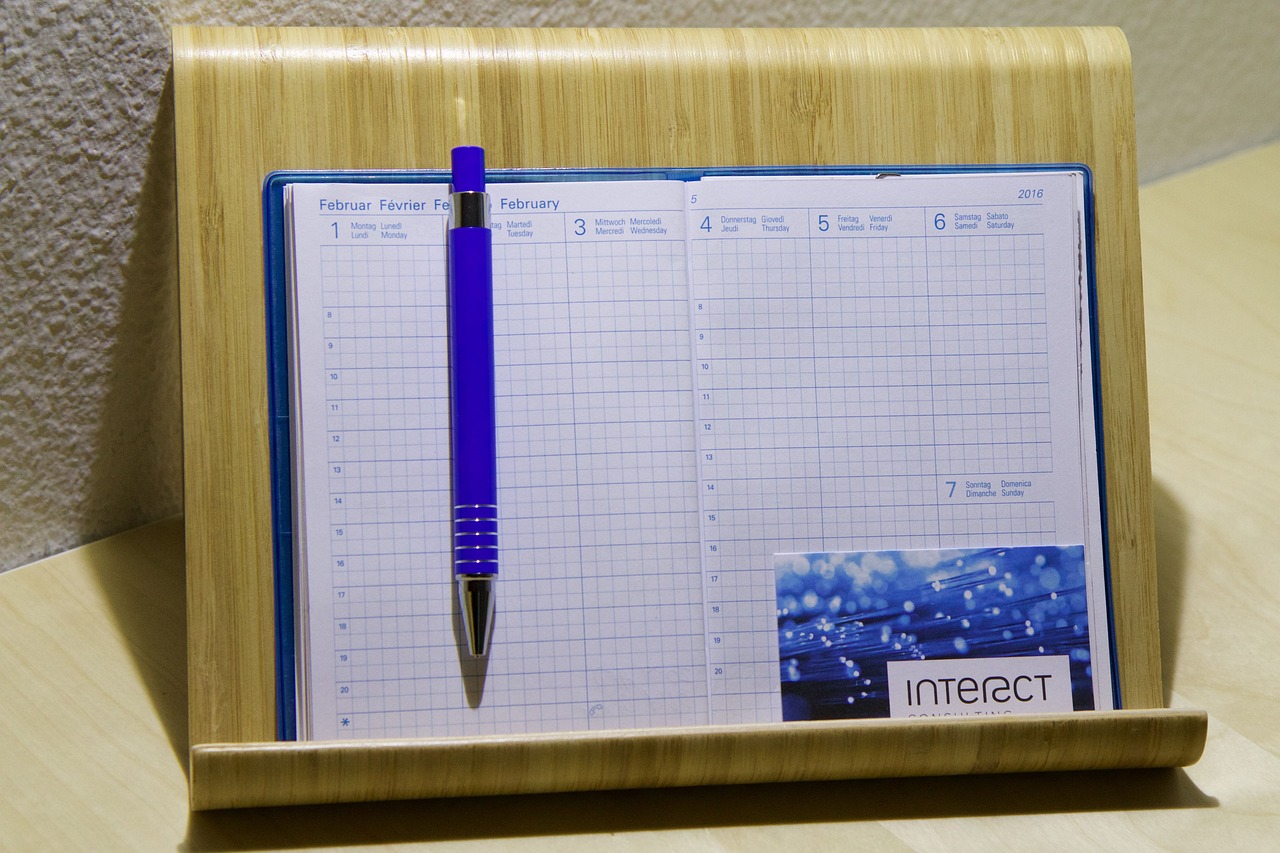
Ancient Egyptian Solar Calendar
Exploring the intricate and fascinating calendar systems used by the ancient Egyptians, revealing their advanced understanding of astronomy and timekeeping.
Detailing the lunar calendar used by the ancient Egyptians, based on the cycles of the moon and its significance in religious and agricultural practices.
The Ancient Egyptian Solar Calendar was a vital timekeeping system that revolved around the annual flooding of the Nile River. This calendar was intricately connected to agricultural activities, as the flooding of the Nile marked the beginning of the planting season, ensuring a prosperous harvest. The solar calendar consisted of 12 months, each containing 30 days, with an additional 5 intercalary days at the end of the year to align with the solar year. This precise calendar allowed the ancient Egyptians to predict the flooding of the Nile, essential for their agricultural success.
How astronomy played a crucial role in the development and refinement of ancient Egyptian calendar systems, aligning with celestial events and seasonal changes.
Examining the civil calendar utilized by the ancient Egyptians for administrative and everyday purposes, consisting of 12 months divided into three seasons.
Exploring how ancient Egyptian festivals and religious observances were intricately linked to the calendar, influencing social and cultural practices.
Unveiling the unique Sothic calendar, based on the heliacal rising of the star Sirius, and its significance in determining the beginning of the new year.
Discovering how ancient Egyptian temples and structures were aligned with astronomical events, serving as calendars and markers of important celestial occurrences.
Reflecting on the enduring legacy of ancient Egyptian calendar systems and their influence on later civilizations' timekeeping methods.

The Role of Astronomy
The ancient Egyptians were not only skilled astronomers but also astute timekeepers, as evidenced by their sophisticated calendar systems. Astronomy played a pivotal role in the development and refinement of these calendars, aligning with celestial events and seasonal changes with remarkable precision. By observing the movements of the stars and planets, the Egyptians were able to create calendars that not only tracked time but also guided their religious and agricultural practices.
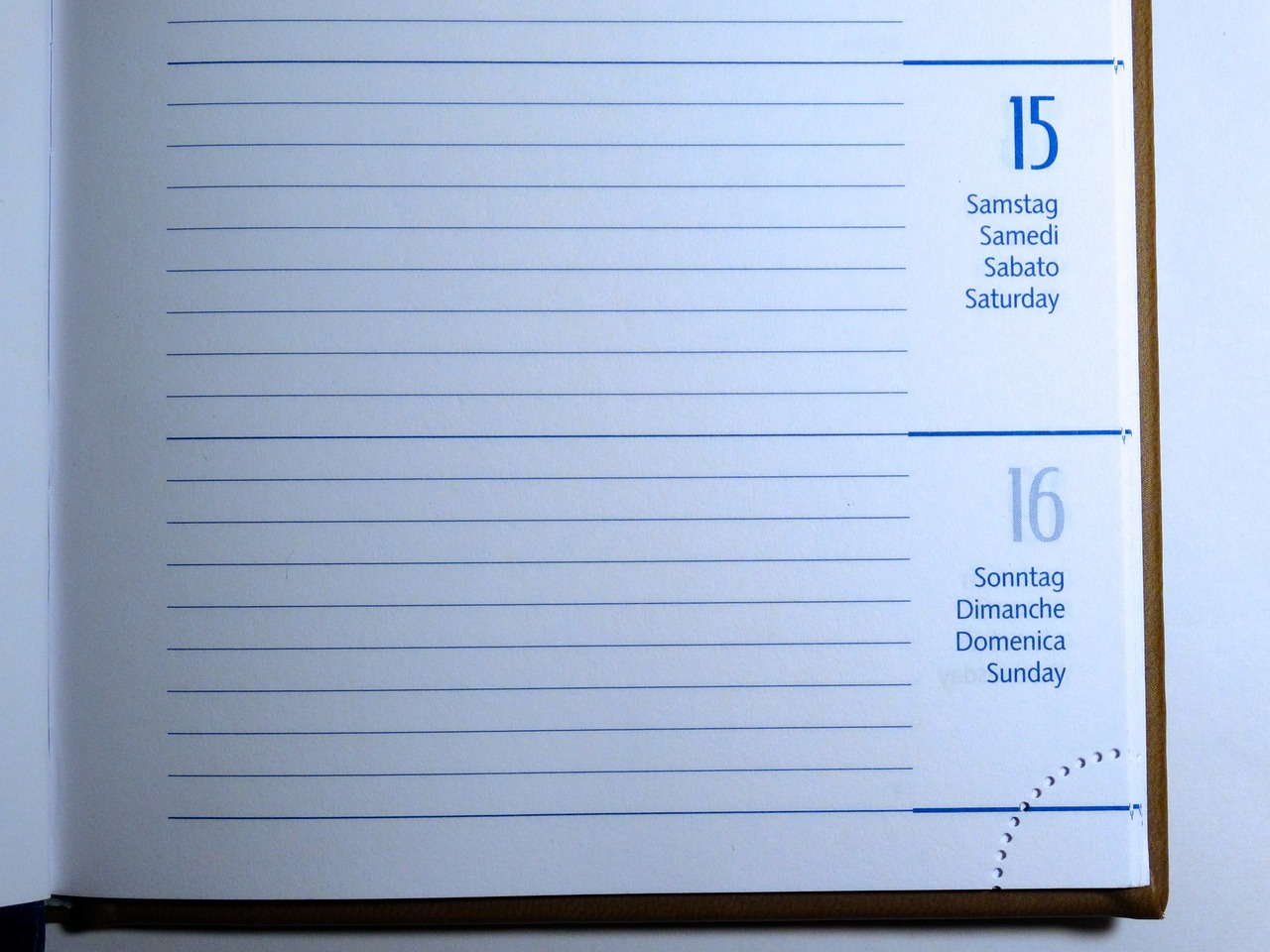
The Egyptian Civil Calendar
Exploring the intricate and fascinating calendar systems used by the ancient Egyptians, revealing their advanced understanding of astronomy and timekeeping.
Detailing the lunar calendar used by the ancient Egyptians, based on the cycles of the moon and its significance in religious and agricultural practices.
Exploring the solar calendar employed by the ancient Egyptians, highlighting its connection to the annual flooding of the Nile and agricultural activities.
How astronomy played a crucial role in the development and refinement of ancient Egyptian calendar systems, aligning with celestial events and seasonal changes.
The Egyptian Civil Calendar was a fundamental aspect of ancient Egyptian society, serving various administrative and everyday purposes. This calendar consisted of 12 months divided into three seasons, each associated with specific agricultural activities and religious observances. The seasons were inundation, planting, and harvest, reflecting the agricultural cycle along the Nile River. The civil calendar played a vital role in organizing social and economic activities, ensuring the synchronization of communal tasks and events.
Exploring how ancient Egyptian festivals and religious observances were intricately linked to the calendar, influencing social and cultural practices.
Unveiling the unique Sothic calendar, based on the heliacal rising of the star Sirius, and its significance in determining the beginning of the new year.
Discovering how ancient Egyptian temples and structures were aligned with astronomical events, serving as calendars and markers of important celestial occurrences.
Reflecting on the enduring legacy of ancient Egyptian calendar systems and their influence on later civilizations' timekeeping methods.
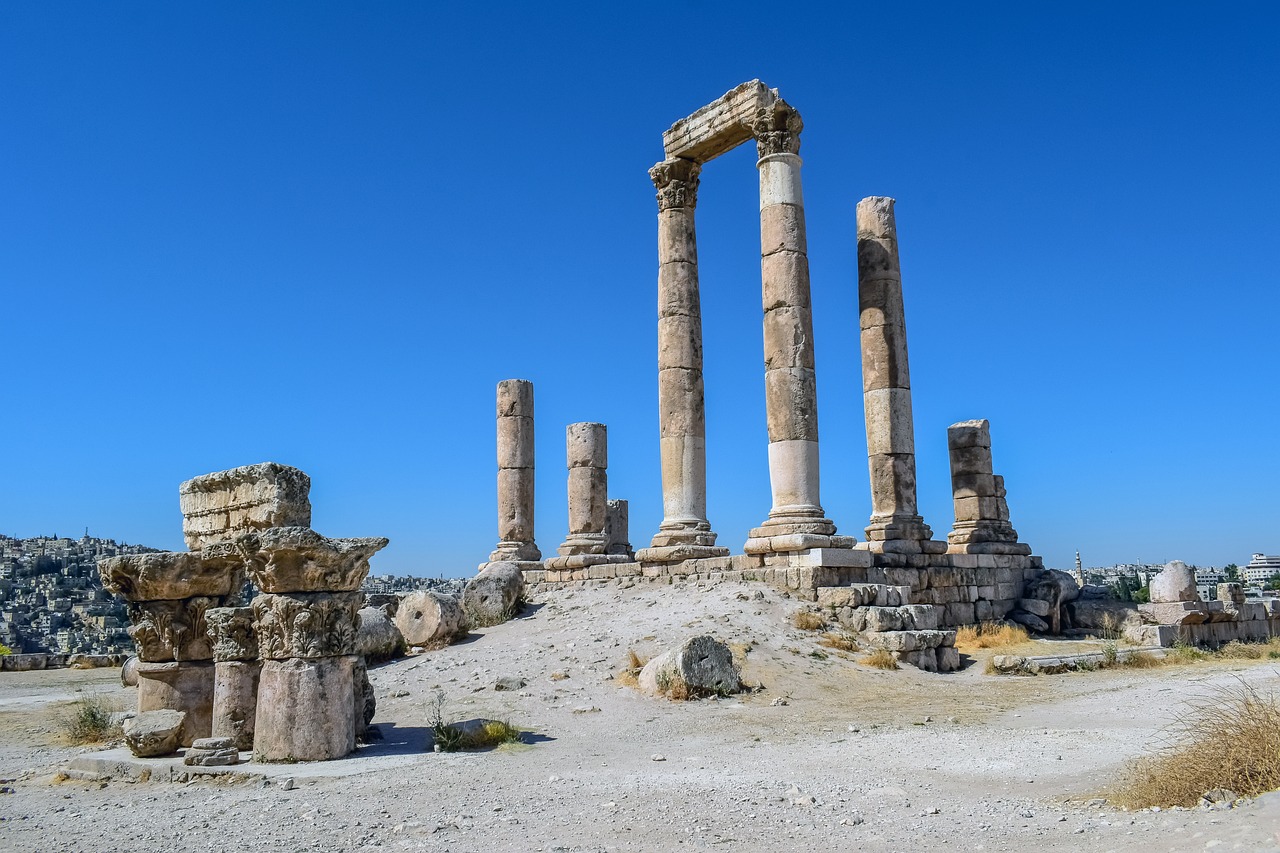
Festivals and Religious Observances
When delving into the ancient Egyptian calendar systems, one cannot ignore the profound connection between timekeeping and the rich tapestry of festivals and religious observances. These vibrant celebrations were intricately intertwined with the cyclical nature of the calendar, marking significant moments in the agricultural, religious, and social life of ancient Egypt.
One of the most revered festivals in ancient Egypt was the Festival of Opet, a grand event that lasted for several weeks and involved elaborate processions, offerings to the gods, and communal feasting. This festival, dedicated to the god Amun, symbolized the renewal of life and the rejuvenation of the land, aligning with the agricultural cycles dictated by the Nile's annual flooding.
Furthermore, the Feast of the Valley was a solemn occasion where the ancient Egyptians honored their deceased ancestors and sought their blessings for the prosperity of the living. This festival was a poignant reminder of the interconnectedness between the living and the dead, emphasizing the continuity of life beyond the earthly realm.
Religious observances in ancient Egypt were not confined to grand festivals but permeated daily life through rituals and offerings at temples dedicated to various deities. The ancient Egyptians believed that maintaining harmony with the gods through these rituals was essential for the well-being of the individual and the community as a whole.
Moreover, the religious calendar of ancient Egypt was punctuated by the celebration of the New Year, a time of renewal and rebirth symbolized by the emergence of the star Sirius in the predawn sky. This celestial event marked the beginning of the inundation of the Nile, heralding a period of fertility and abundance crucial for the agricultural prosperity of the land.
Through these festivals and religious observances, the ancient Egyptians not only honored their deities but also reinforced their cultural identity and societal cohesion. The rhythmic cadence of the calendar, guided by celestial events and agricultural cycles, served as a unifying force that bound the ancient Egyptian civilization together in a harmonious tapestry of time and tradition.

The Sothic Calendar
The Sothic Calendar was a unique and intriguing timekeeping system utilized by the ancient Egyptians. It was intricately tied to the heliacal rising of the star Sirius, also known as the Dog Star. This celestial event marked the beginning of the new year in the Egyptian calendar, signaling the imminent flooding of the Nile River and the start of the agricultural season.
One of the most fascinating aspects of the Sothic Calendar was its alignment with the solar year, which consisted of 365 days. To ensure the synchronization of the calendar with the solar cycle, the Egyptians observed the heliacal rising of Sirius every 1,460 years, a period known as the Sothic cycle. This meticulous observation allowed them to adjust their calendar accurately and maintain the harmony between celestial events and earthly activities.
Astronomy played a pivotal role in the development and maintenance of the Sothic Calendar. By closely monitoring the movements of celestial bodies, particularly Sirius, the ancient Egyptians were able to predict crucial events such as the annual flooding of the Nile with remarkable precision. This astronomical knowledge not only facilitated agricultural planning but also held significant religious and cultural importance in Egyptian society.
Moreover, the Sothic Calendar served as a symbol of cosmic order and the cyclical nature of time in ancient Egyptian belief systems. The regularity of astronomical phenomena, such as the heliacal rising of Sirius, reinforced the concept of Ma'at, the principle of harmony and balance that governed the universe according to Egyptian mythology.
Through the Sothic Calendar, the ancient Egyptians demonstrated their profound understanding of astronomy, mathematics, and the interconnectedness of celestial and earthly cycles. This intricate timekeeping system not only regulated agricultural activities and religious ceremonies but also reflected the Egyptians' reverence for the natural world and their desire to align with the cosmic forces that shaped their lives.

Astronomical Alignments in Architecture
When delving into the architectural wonders of ancient Egypt, one cannot overlook the profound astronomical alignments meticulously incorporated into their structures. These alignments were not mere coincidences but deliberate placements that served as both calendars and markers of significant celestial events. The ancient Egyptians possessed a deep understanding of astronomy, which they ingeniously integrated into their architectural designs.
One remarkable example of astronomical alignment in Egyptian architecture is the Great Pyramid of Giza. This iconic structure is perfectly oriented to the cardinal points of the compass, aligning with remarkable precision to true north. The alignment of the Great Pyramid reflects the ancient Egyptians' keen awareness of celestial movements and their desire to harmonize their creations with the cosmos.
Moreover, the Temple of Karnak is another testament to the intricate astronomical knowledge of the ancient Egyptians. The alignment of certain temple structures with specific celestial events, such as the solstices and equinoxes, showcases their reverence for the heavens and their meticulous planning in construction.
Through these astronomical alignments, ancient Egyptian architecture not only served practical purposes but also held profound symbolic meanings. The alignment of temples and structures with astronomical phenomena symbolized the connection between the earthly realm and the celestial realm, highlighting the Egyptians' belief in the unity of the universe.
Furthermore, the alignment of temples with celestial bodies such as the sun, moon, and stars emphasized the importance of these celestial entities in Egyptian cosmology and religious beliefs. The positioning of architectural elements in accordance with astronomical events also underscored the Egyptians' reverence for nature and their desire to align their lives with the rhythms of the cosmos.
In conclusion, the astronomical alignments found in ancient Egyptian architecture are a testament to the advanced knowledge and spiritual beliefs of this ancient civilization. These alignments not only served practical purposes in timekeeping but also reflected the Egyptians' profound connection to the celestial world. By studying these architectural marvels, we can gain insights into the sophisticated astronomical understanding of the ancient Egyptians and appreciate the enduring legacy they have left for future generations.

Legacy and Influence
As we delve into the legacy and influence of ancient Egyptian calendar systems, we uncover a tapestry woven with threads of time and wisdom. The meticulous precision with which the ancient Egyptians crafted their calendars continues to echo through the corridors of history, leaving an indelible mark on the evolution of timekeeping.
The legacy of the ancient Egyptian calendar systems extends far beyond their civilization, shaping the very foundation of how we perceive and measure time today. Their innovative approach to tracking celestial movements and aligning them with earthly events laid the groundwork for future civilizations to build upon.
One of the most profound influences of the ancient Egyptian calendar systems lies in their connection to agricultural practices and the annual flooding of the Nile. By closely monitoring the cycles of the moon and the movements of the sun, the ancient Egyptians were able to predict and prepare for the natural rhythms of the land, ensuring bountiful harvests and prosperity.
Furthermore, the legacy of ancient Egyptian calendars transcends mere timekeeping, seeping into the realms of culture, religion, and architecture. The intricate interplay between celestial events, religious festivals, and architectural alignments showcases the holistic approach the ancient Egyptians took towards understanding the universe and their place within it.
Through their calendars, the ancient Egyptians not only marked the passage of time but also imbued it with meaning and significance. Each day, month, and year was imbued with cosmic symbolism, reflecting the eternal dance of the heavens and the earth.
As we gaze upon the legacy of ancient Egyptian calendar systems, we are reminded of the enduring power of knowledge and the timeless beauty of unraveling the mysteries of the universe. Their influence reverberates through the corridors of time, a testament to the ingenuity and wisdom of a civilization that dared to dream among the stars.
Frequently Asked Questions
- What were the main components of the ancient Egyptian calendar systems?
The ancient Egyptian calendar systems primarily consisted of the lunar calendar, solar calendar, civil calendar, and the unique Sothic calendar based on the star Sirius.
- How did astronomy influence the development of ancient Egyptian calendars?
Astronomy played a significant role in aligning the calendar with celestial events, such as the movements of the sun, moon, and stars, helping to regulate agricultural activities and religious ceremonies.
- Why were festivals and religious observances closely tied to the ancient Egyptian calendar?
Ancient Egyptian festivals and religious observances were linked to the calendar to mark important events, honor deities, and guide social and cultural practices throughout the year.
- How did ancient Egyptian structures incorporate astronomical alignments?
Ancient Egyptian temples and buildings were constructed in alignment with astronomical events, serving as both calendars and markers for celestial occurrences, showcasing the advanced knowledge of the Egyptians in astronomy.
- What is the legacy of ancient Egyptian calendar systems on later civilizations?
The ancient Egyptian calendar systems left a lasting impact on later civilizations, influencing their timekeeping methods and demonstrating the sophistication of ancient Egyptian knowledge in astronomy and timekeeping.








